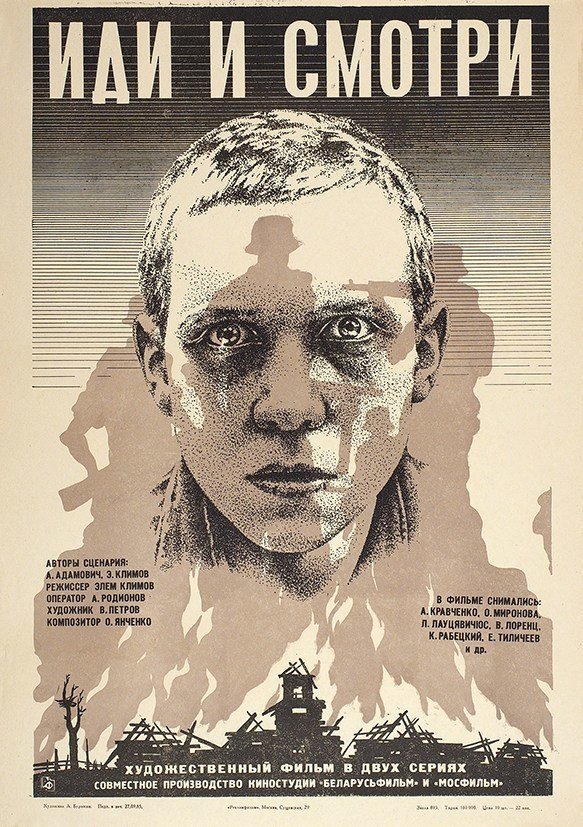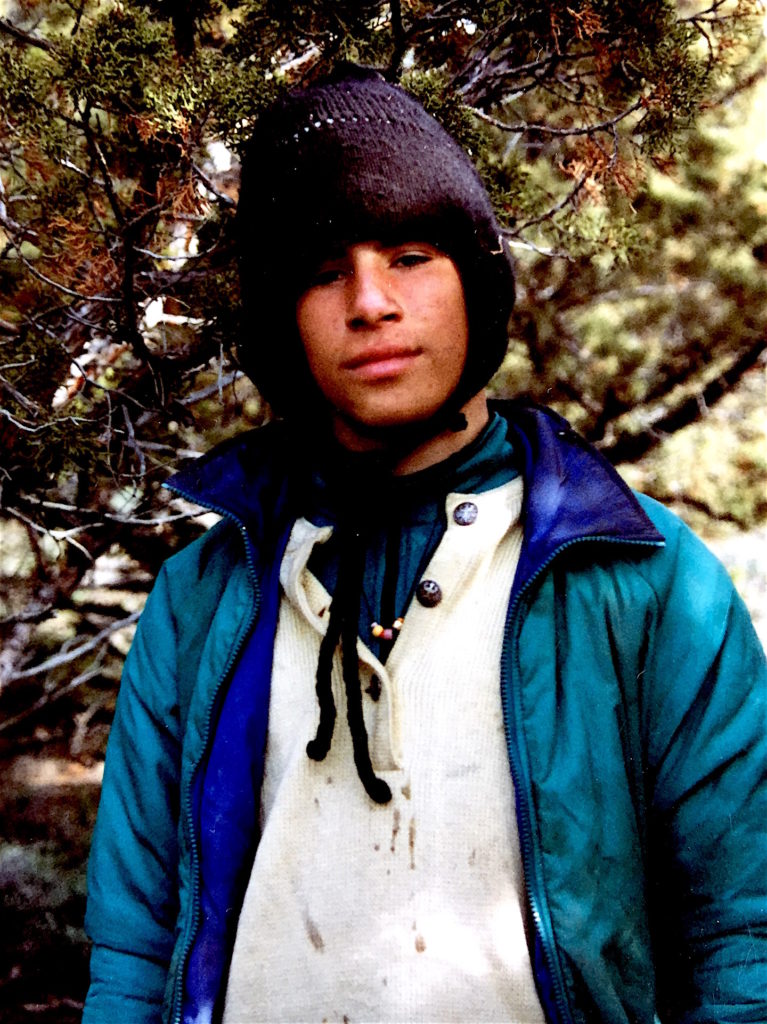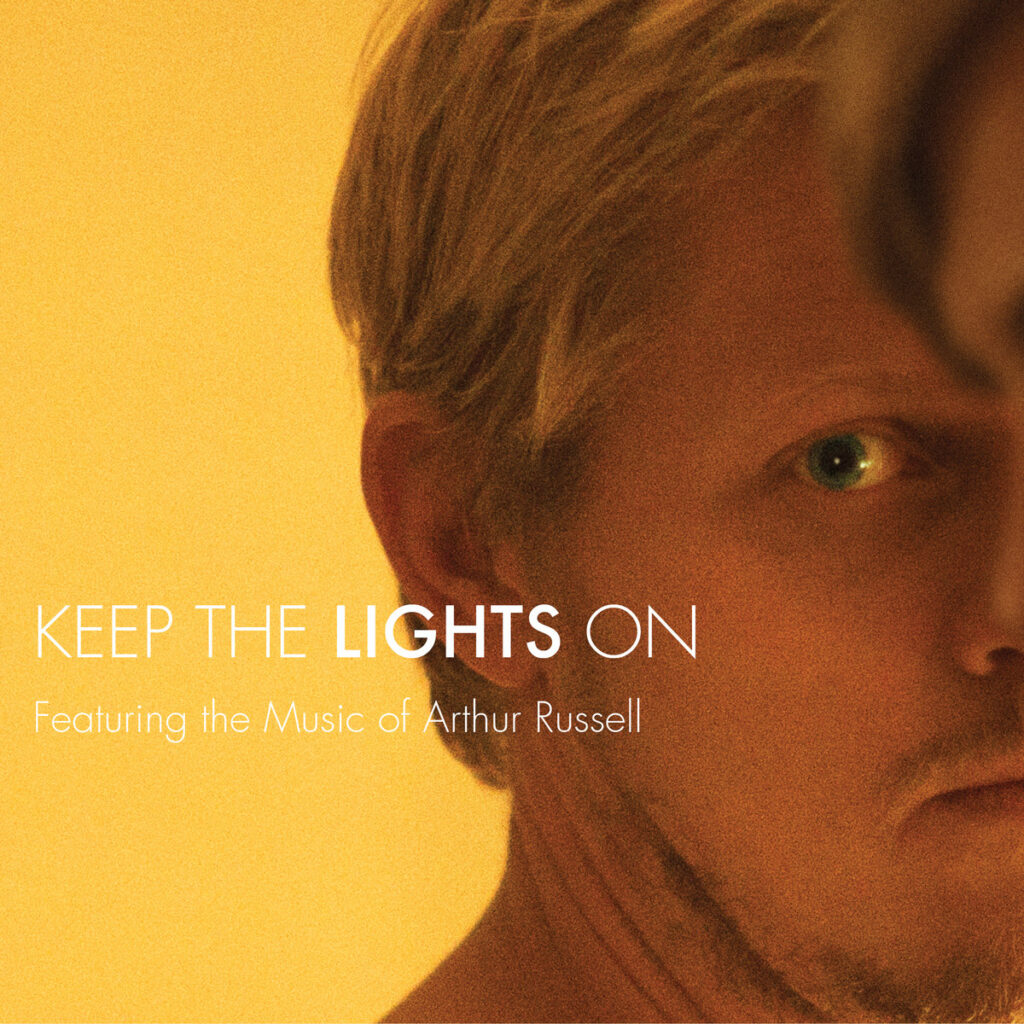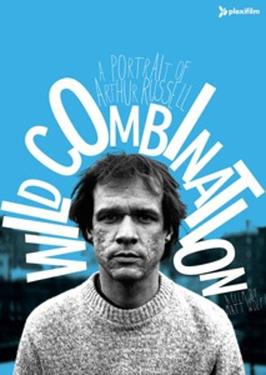What I Watched




Come and See (1985), directed by Elem Klimov. One of the most devastating war movies ever shot, Come and See, is about a boy played by Aleksei Kravchenko finding a gun and joining the resistance in Belarus during Germany’s invasion in World War II. The movie is so dark and devastating that Aleksei’s hair goes white. While the film itself is brutal and realistic, it is also beautiful and pastoral. I have a hard time not seeing us on the brink of this kind of brutalism and nihilism in the Eastern Front of WWII now. It states that 628 Belarusian villages were burnt to the ground with all their inhabitants at the end of the film.
What I Read

Homelessness in Portland, Oregon: An Analysis of Homeless Campsite Spatial Patterns and Spatial Relationships (2019) by Krystle N. Harrell (Harrell, Krystle N., “Homelessness in Portland, Oregon: An Analysis of Homeless Campsite Spatial Patterns and Spatial Relationships” (2019)). Geography Masters Research Papers. 24.) One of the conversations that keep coming up as we get ready to move east is how we are lucky to be moving away from Portland and its homeless issue. This irritates me for two reasons: this is my hometown that I am leaving, so I am extra sensitive to slander, and two: the homeless issue isn’t just Portland’s issue; it is everyone’s issue. I found this article while trying to understand better the homeless problem in Portland and why it is, or seems, worse there. There are several points this study makes that are interesting. Despite what people think, most cities, including Portland, have cut most of their support services for tax savings, Not In My Backyard (NIMBY) laws, and gentrification. Weather doesn’t seem to be an issue since Buffalo, NY also has a large houseless demographic. Portland itself is designed in such and by old transient economy laws that make way for camps to spring up near support centers, transportation, food & money sources, and privacy. The one factor that seemed unimportant to where campsites were located was where shelters were located. Many people see the garbage heaps, the spent needles, and the deprivation as this unsightly scourge needs to be eradicated somehow. I see sadness and a lot of people that we are letting down.
What I Heard

Keep the Lights On – feat. the Music of Arthur Russell. Russell is a musician whose primary instrument was a cello who composed and recorded hundreds of songs in the 70s, 80s, & early 90s. He was the director of The Kitchen, an avant-garde studio in Manhatten, recorded singer-songwriter and pop songs on guitar and cello, produced a few hit disco songs, and played cello while Allen Ginsburg performed poetry. Like a lot of queer geniuses of his time, he was taken away too soon by AIDS. His music is ethereal and haunting while embracing both the world of sugary pop and avant-garde/experimental music complications. His voice holds an endearing falsetto that warbles and quivers and makes you want to be in love.
What I Watched

Wild Combination: A Portrait of Arthur Russell (2008) by Matt Wolf. While listening to Arthur Russell is great, watching a beautifully made movie about Russell is even better. Combining the imagery of Russell’s life growing up in Iowa, finding himself in the Summer of Love in San Francisco, and his decades in several New York music scenes while using Russell’s music to make the images even more out of reach and stirring. There is a scene where Russell’s father recounts saying goodbye to his son dying of AIDS and is soul-crushing.
